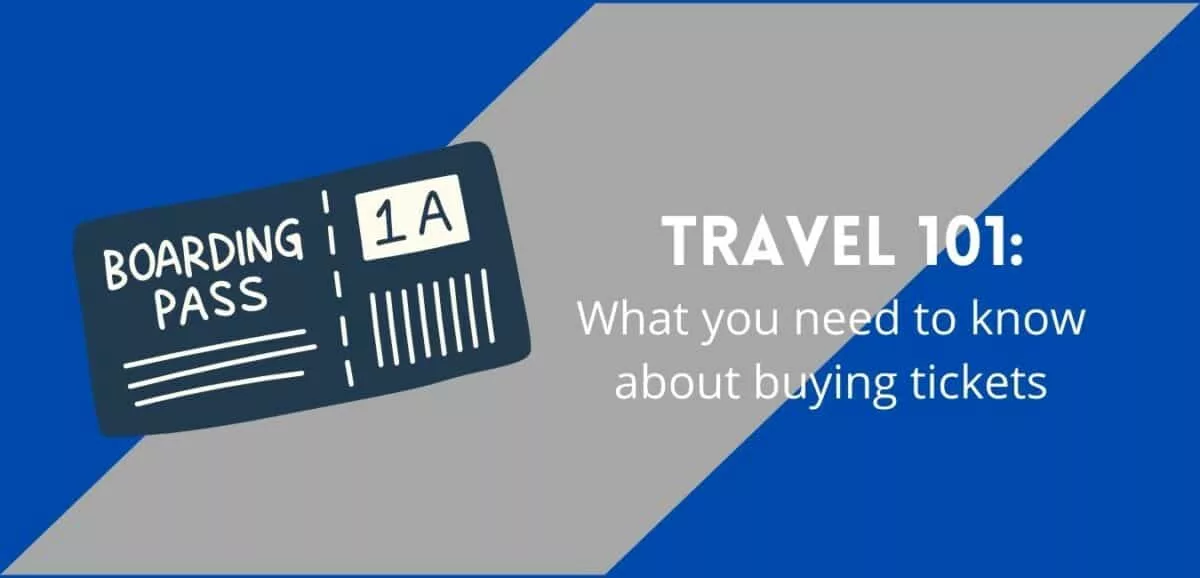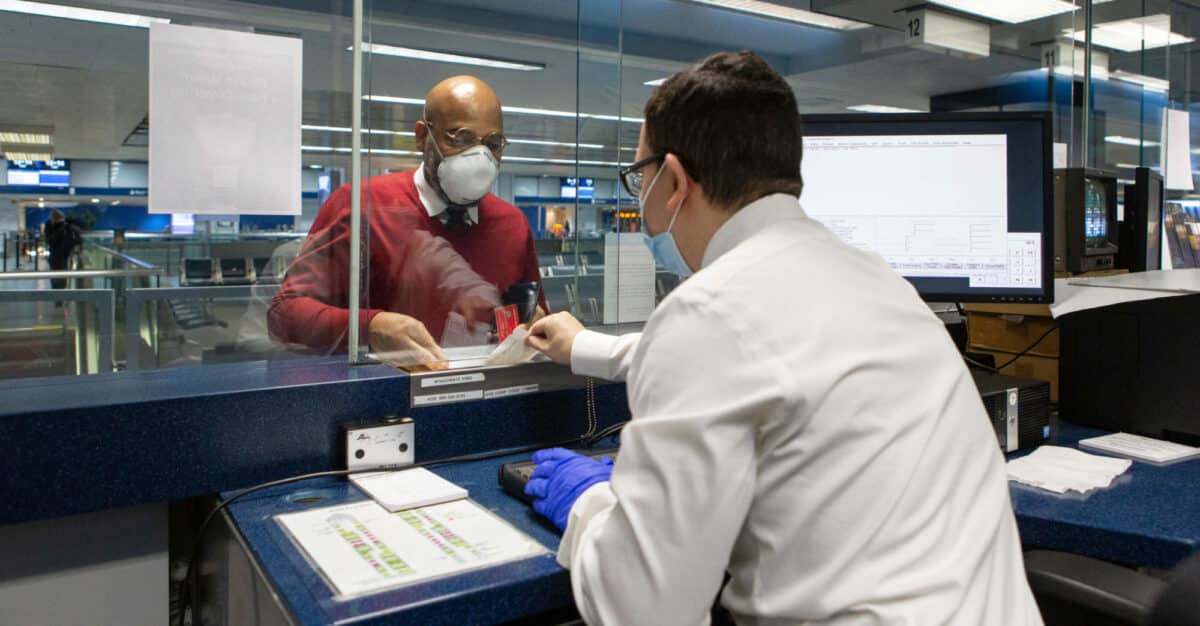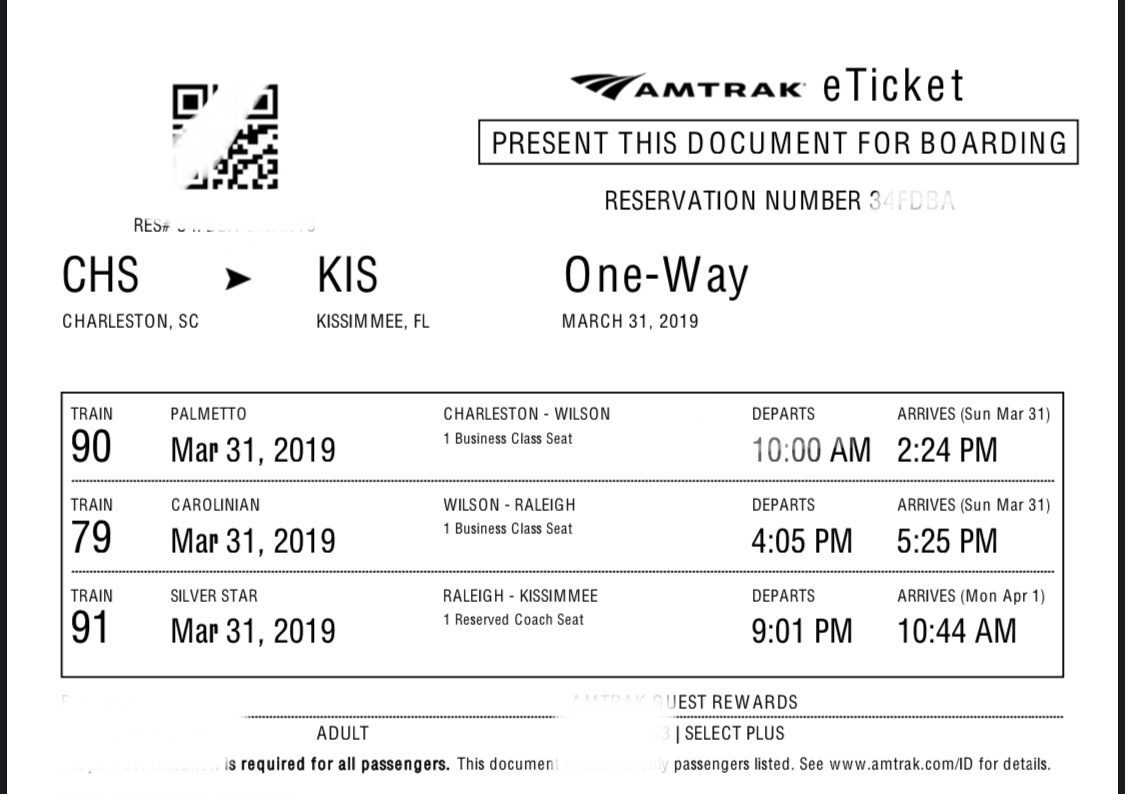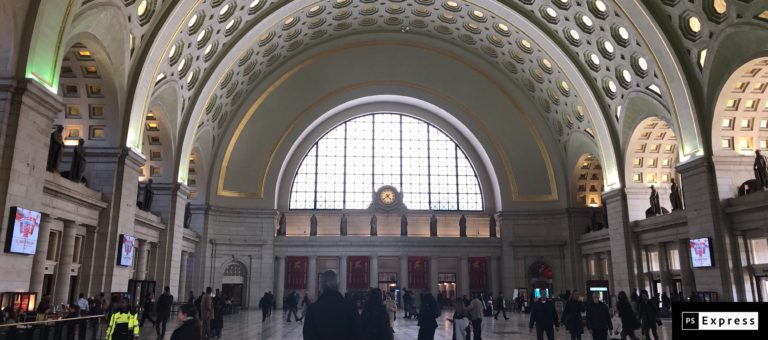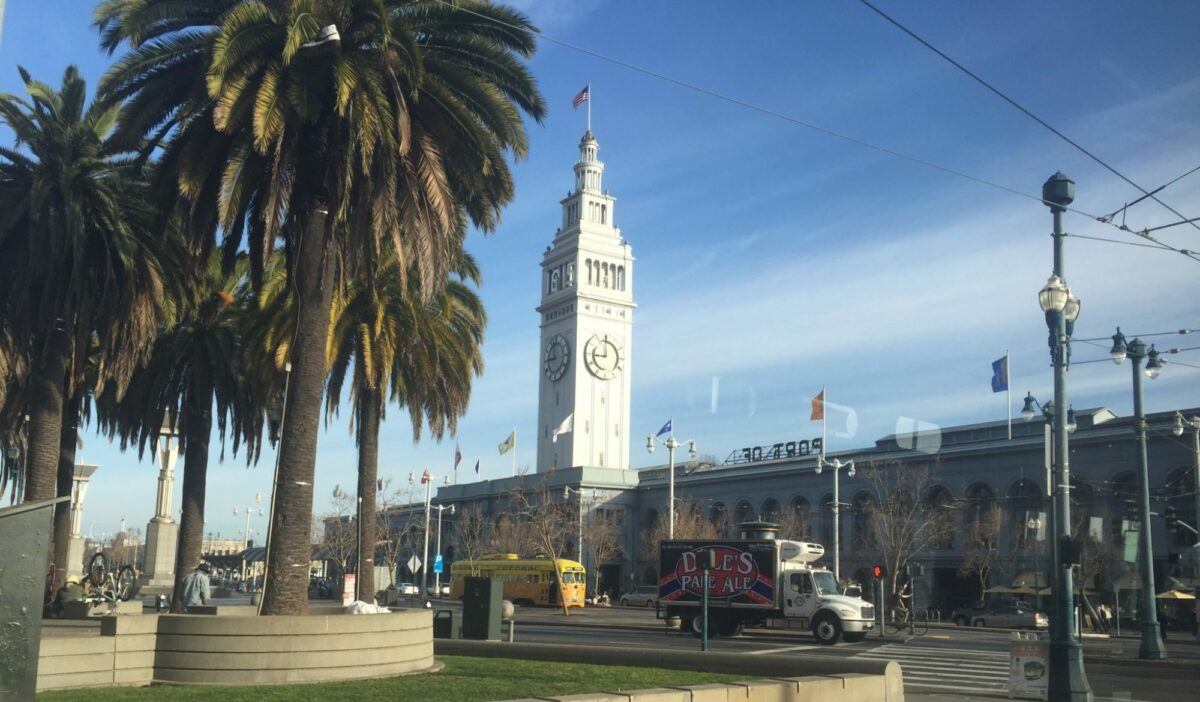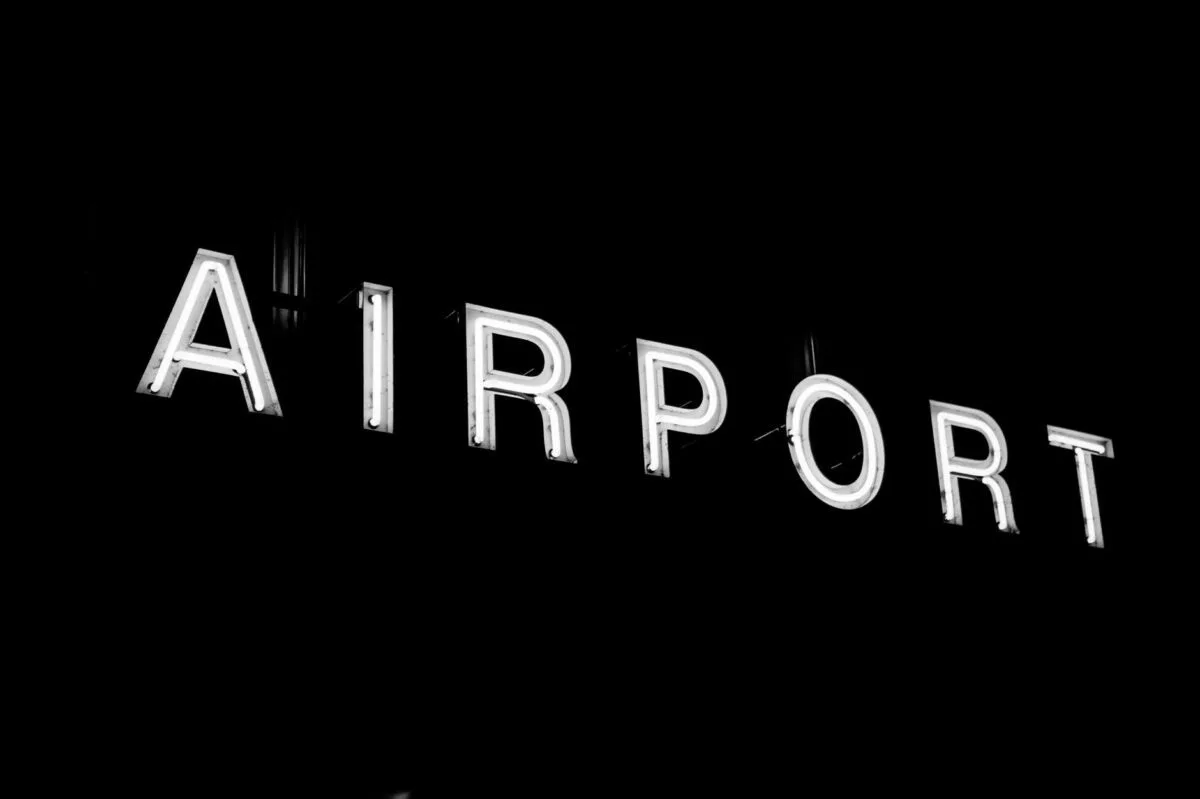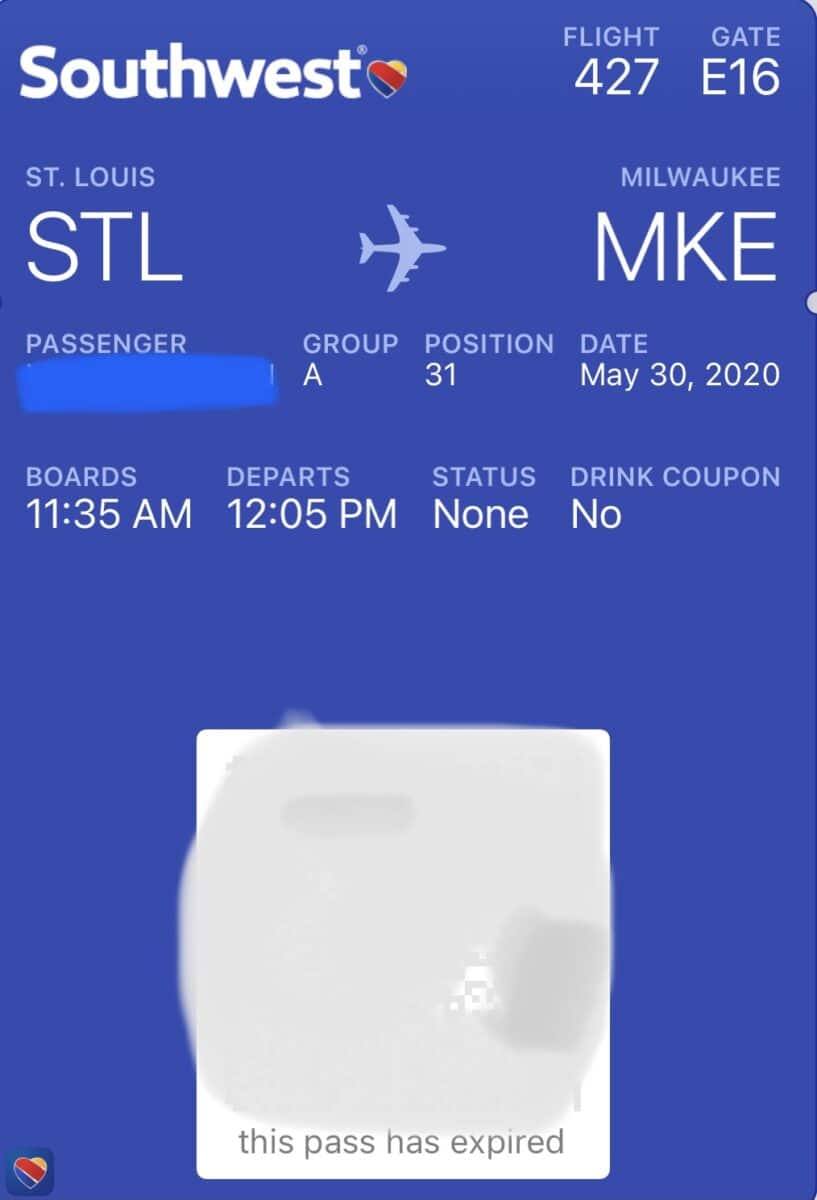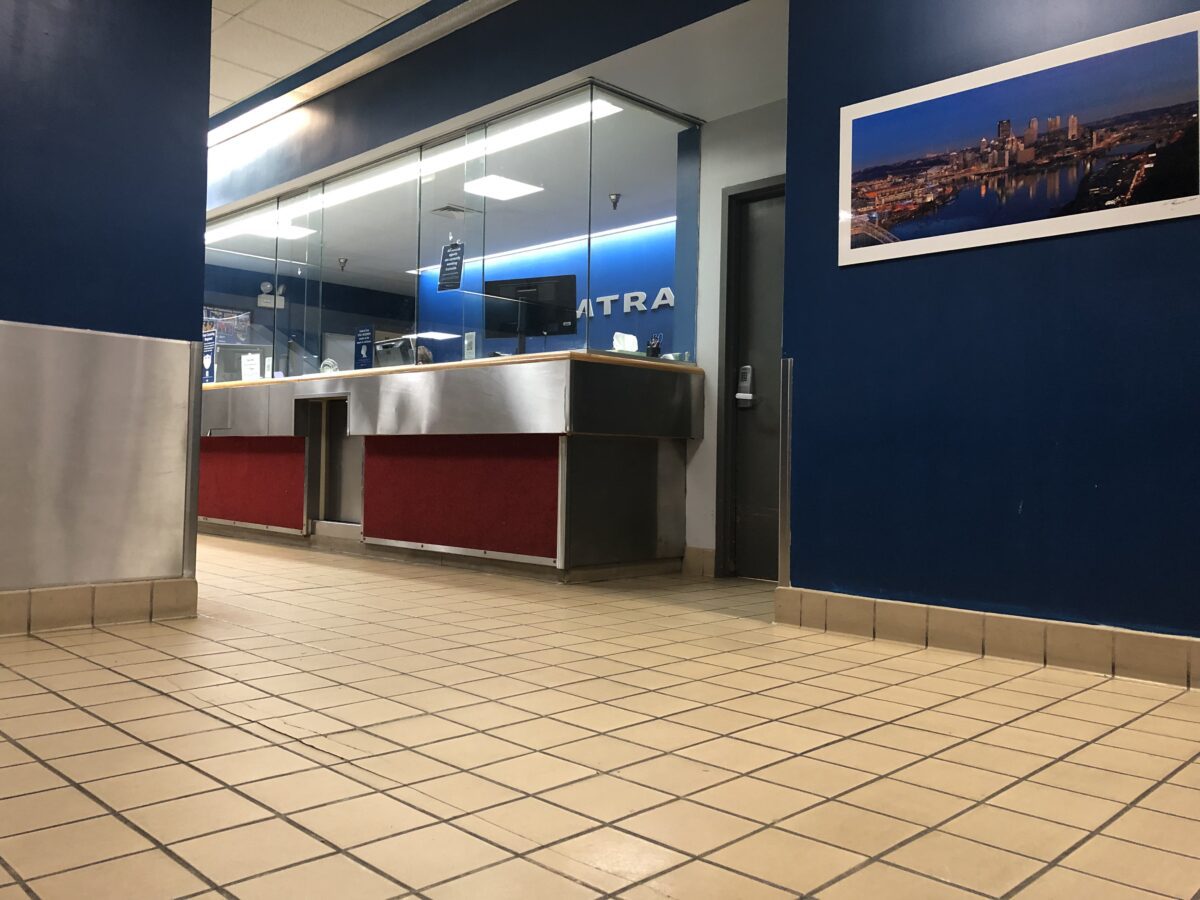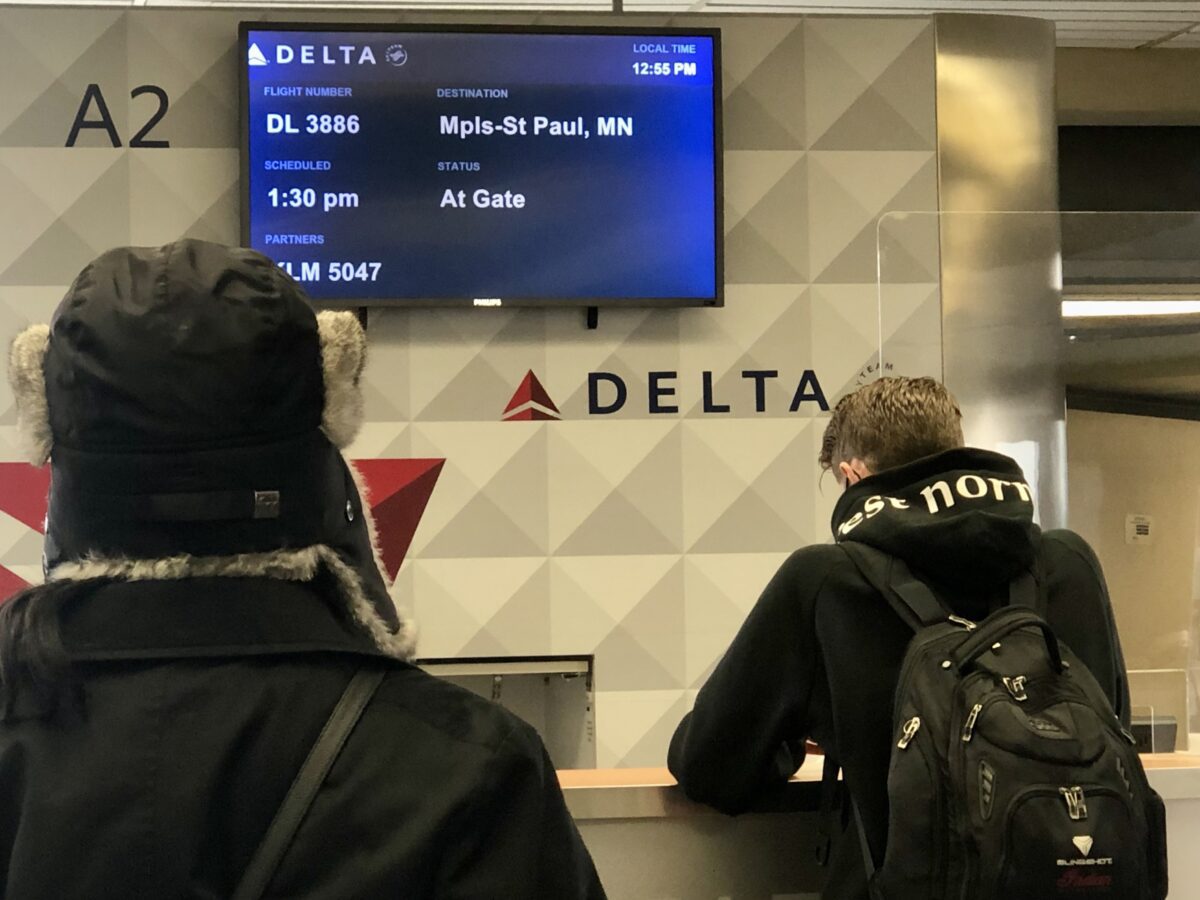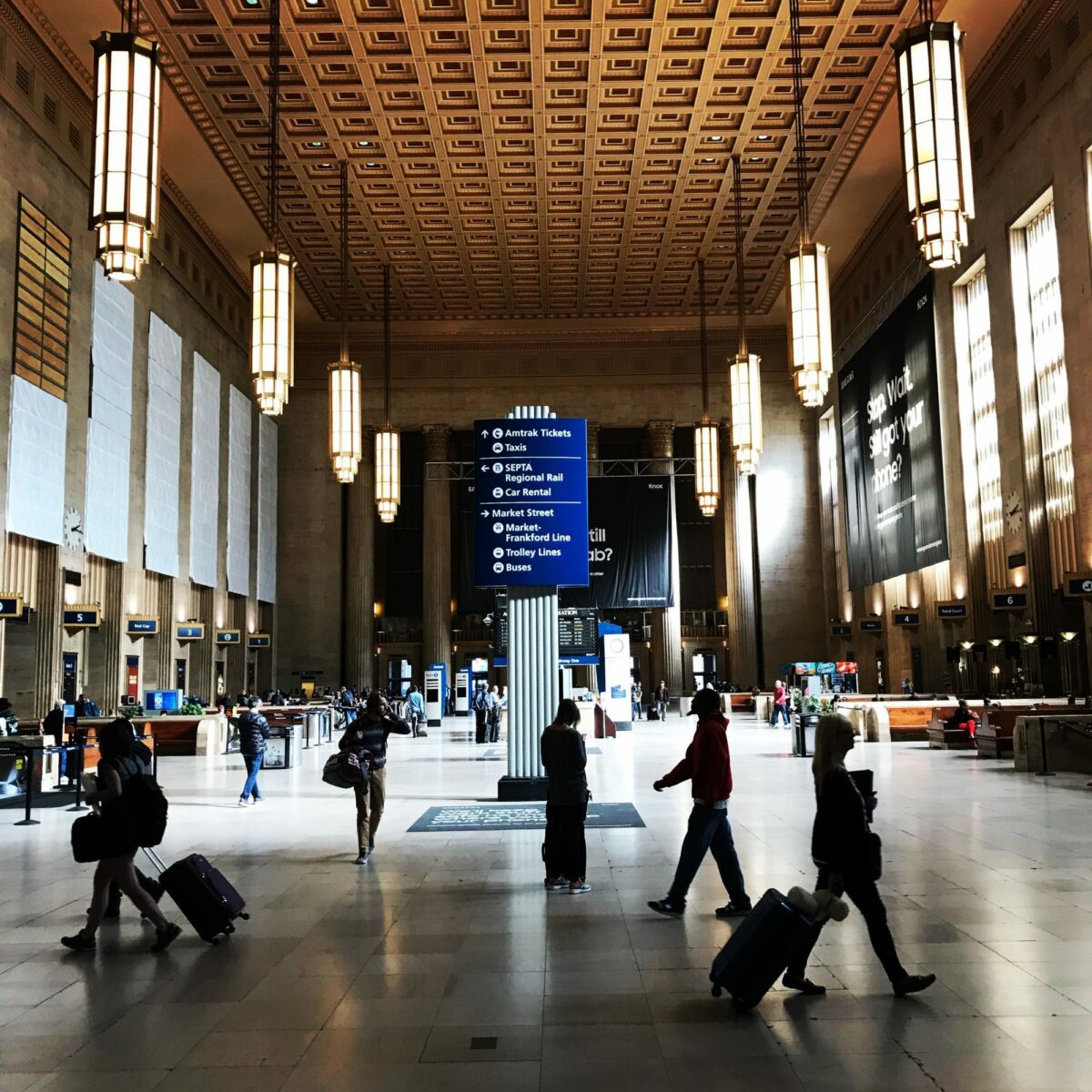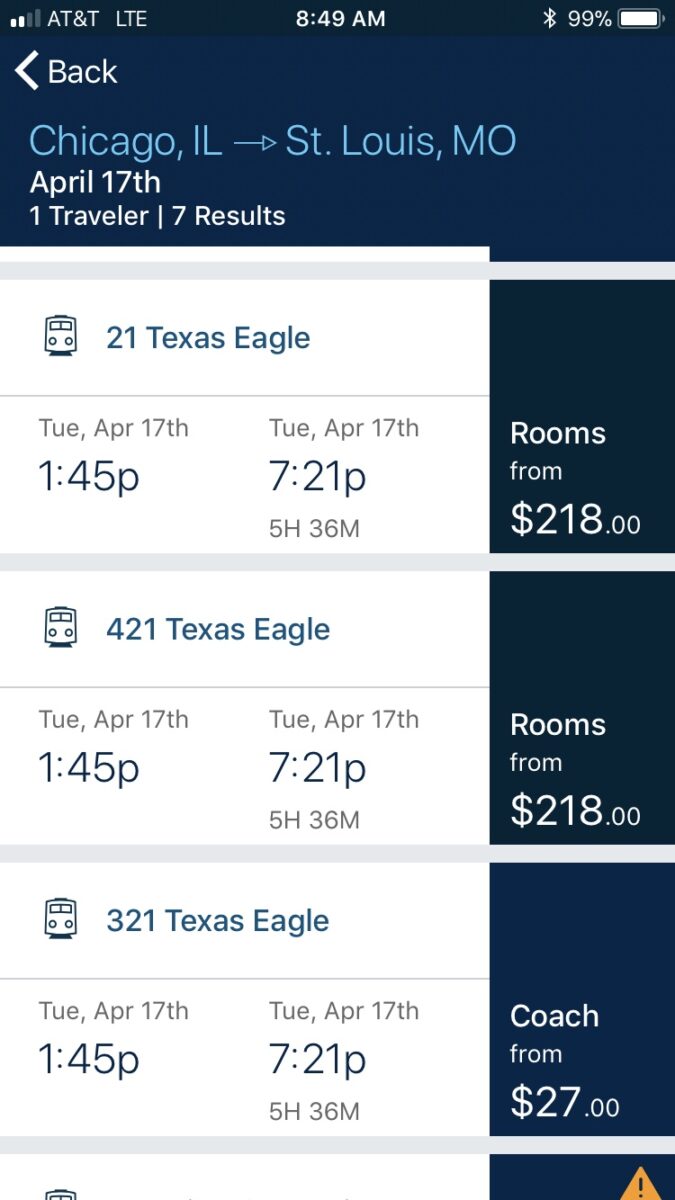Every new traveler needs to master booking transportation. No matter how you travel, you will find many similarities.
If you are new to booking your adventures, there are a few things you might not know or realize, and you could get a little overwhelmed without some background knowledge.
This post gives you an overview of the basics and tips to consider. I hope you find the best way to book your tickets and what will work best for you.
Keep in mind that many parts of travel are subjective. We don’t all have exact needs or finances. My goal is to give an overview to help you get started.
If you came here for a set of rules that all travelers follow, I am sorry to disappoint you. I learned from experience that every traveler has their own rules and booking style.
The more you book or practice booking, the more familiar you are with the process and what you like and don’t like, and soon, the process will be less stressful and easier for you.
Traveling 101: Tickets Podcast Episode
This article came from my first podcast episode. This article complements that podcast. Please check out my other podcast here or on your favorite podcast player.
Terms
I want to make sure we are on the same page. Buying tickets and making reservations are the same things.
Also, tickets are referred to as boarding passes.
Three main types of tickets
There are three main ticket types within the travel industry, and I am not talking about accommodations like business, first class, or economy. I am talking about one-way, roundtrip tickets, and multi-city tickets.
Depending on your trip, you may purchase one or more ticket types.
One-Way Tickets
One-way tickets are pretty straightforward. A one-way ticket is only valid for one direction; you did not pay to come home or go anywhere else.
These tickets allow flexibility because you can go out on one carrier and return on another.
Another fun option is to take the train and fly back or vice versa.
Also, one-way travel works well for long-term travelers who may want to stay at a destination for a while but are unsure where or when they want to go next.
Advantages of one-way tickets
One advantage is that you don’t have to come back—you probably do—but they give you opportunities for adventure.
Buying one way can spread the cost over several paydays. You could pay for going out with one check and returning with the next paycheck. I’ve done that myself over the years.
Sometimes, it allows you to come up with trips not typically offered.
For example, I might want to go from Chicago to New Orleans via Washington, DC. This trip is not the trip that most people would like to take, but I did it because I wanted to try different trains. It was a way to travel on a route I never traveled before.
Later, we will cover another way to book that trip in the multi-city section: to put a few one-way tickets together on one.
Another reason you might want to buy one-way tickets is for a better deal. For example, another airline might have a better deal for coming back. So going out with one airline and coming home on a different one might make sense.
It’s easier to make changes on the fly with one-way tickets because you can often change the second (or more) ticket with less hassle, depending on your carrier, once you start the trip.
Disadvantages of one-way tickets
The first disadvantage is you then have to come back! Haha.
Also, you have more paperwork to handle. So, if you like a tidy, thin travel folder, you may want to look at other choices if they work for you.
It could cost you more when you break up your journey into segments with one-way tickets.
You’re not guaranteed a connection if you create your trip using one-way tickets.
Suppose you book a trip with two carriers, like other airlines, with same-day travel because you found a great deal. The second airline is not obligated to do something if something goes wrong.
Other One-Way Ticket tidbits
If you miss your connection with Amtrak when you book two one-way tickets or do not have enough layover, Amtrak doesn’t know you’re transferring first, and they’re not obligated to do anything.
You should know about one-way tickets because there could be more than one segment.
For example, if I bought a ticket from Sturtevant to San Francisco, it has three segments for that adventure.
The first is for the Hiawatha between Sturtevant and Chicago, the second is for the California Zephyr between Chicago and Emeryville, and the third is a bus from Emeryville to San Francisco.
Another example is flying Southwest back and forth between Milwaukee and Omaha. Most of my one-way tickets included two planes, one from Milwaukee to St. Louis. After a layover, I then flew to Omaha.
Round trip tickets
A roundtrip ticket means your reservation is to go out and return on one ticket. Like one-ways, these two can have more than one segment.
This is the best option if you prefer minimal paperwork and pay for everything in one lump sum.
The whole trip is on a single piece of paper with one code that works for your entire trip with Amtrak.
This scenario might not be the case for airlines, for one bar code may not work for the whole trip.
So you may have more than one boarding pass, but if you print your ticket off at home, you could have it on one sheet of paper (depending on your trip). In this case, ensure you have the correct ticket for each segment when you fly.
Advantages of round trip tickets.
After your payment clears, you have all the tickets to go out and come back.
This method makes things easier for some people to maintain because there is less paperwork.
It may be cheaper to buy roundtrip tickets, especially when traveling internationally. Why? I don’t know.
Disadvantages round trip tickets
For some people, one downside is that it is a significant chunk of money upfront. So, it’s harder to spread the cost of the trip over a few pay periods.
Sometimes, it is harder to make changes on your own. Once the ticket gets scanned and you need to move a return date, you may need to call or go in person or go to the airport or train station. Or if you decide to go somewhere else before you go home.
Multi-city Ticket
One ticket type that I like that most people don’t know about is the multi-city ticket.
These tickets allow you to either stretch out your travel, book uncommon routes, or come up with an adventure that will work best for you,
Not all airlines offer this, like Southwest, which is unavailable in the Amtrak app.
Remember the trip to New Orleans I talked about earlier?
That trip is an instance where multi-city tickets shine. Amtrak offers me the City of New Orleans from where I live, but I want to take Amtrak’s Crescent for more train time.
To do this, I must take the Capital Limited to DC and catch the Crescent to the Big Easy.
I can book this adventure because there’s plenty of overlap. A multi-city ticket makes booking a trip like this more accessible and sometimes saves money.
Another example is breaking up a trip.
My sister used to live in Charleston, South Carolina, and once, I wanted to visit friends in Philadelphia for a day or two before going to Charleston.
A multi-city ticket allowed me to do it on one ticket and save money.
Advantages of Multi-city Ticket
As I said before, sometimes you can save money because booking connecting trains is cheaper than separating. Regarding airlines, all flights for, let’s say, Delta are often together for a domestic flight if you need to make some creative booking. So you do not have to walk too far for your connecting flight. Often, this is not true if you are flying internationally.
Another advantage is having fewer tickets to worry about, giving you more flexibility. Multi-city tickets do not often need to be for the same day.
Cons of Multi-City Tickets
If you take Amtrak, they can see that you are transferring to a different train if there is a delay. So they might be able to do something. But since this is a connection you put together, they’re not obligated to get you a hotel or anything if something happens, and it could be valid for flying.
Like round trips, it is harder to change your ticket, like with roundtrip tickets.
Multi-city tickets may not be the best option for first-time travelers, and if you’re not careful, you could book a tight connection and get left behind. And if this is the case, you are stuck with a cost.
Ticket Class
There are different classes of tickets depending on what transportation you’re looking for, and you need to figure out which one works best for you, your comfort, style, and your budget.
When you start shopping with Amtrak, Greyhound, and the airlines, you will find that they offer different ticketing levels for each class.
There is no way for me to tell you which is best for you because I don’t know you that well; hopefully, we will get to know each other better. However, I can say a few things that can help you decide. Because each person is different, there are no set rules for these.
The best advice I can give you is to read each tier carefully and decide what works best for you.
One thing I look at with flying and tiers is luggage allowance. The other, do I get to pick my seat? I’m pickier about where I sit on a plane than on a train. Often, you are paying extra for more flexibility and a higher refund rate.
Southwest only has one type of seat, but what tickets you buy from them can determine your boarding position. For example, when you buy a business class seat, you earn more points and the chance to be one of the first fifteen people on the plane. They do offer an upgrade for earlier boarding.
Sometimes, spending more money to improve your trip is worth it.
I flew to my sister’s a few times when she lived in Charleston and used Delta Comfort Plus. I felt the cost was worth the extra legroom, priority boarding, and complimentary drinks.
With Amtrak, I estimate how much money I would spend on food while on the train and look at how much more it would cost me to get a room. Sometimes, I found a lot of value in spending more to get accommodation that covers food and lets me sleep horizontally.
Please don’t be too hard on yourself over this; upgrades can be with it and a nice treat for you. Spending $30 or a little more makes your trip more accessible, but it may be worth cutting back elsewhere.
Where is the best place for you to buy tickets?
I purchase most of my tickets through the carrier’s website or app. Occasionally, I’ll call if I have a tricky booking, but you have the following options.
In-person
When you buy a ticket, you can buy your tickets in person for some people.
This option doesn’t always work great because I live about an hour from the airport, a staffed Amtrak, or a Greyhound station.
So it could cost me more than I would save, but this could be an option for you.
By Phone
If you have any questions or are new, this could be a good option for you over the phone, which is the next best thing. In some cases, it is a necessary way to book your trip.
For example, if you want to book two roomettes across from each other on an Amtrak train or book the bedroom suite, this could be your best option because you cannot do it online or in the app.
Online
Booking tickets online directly from the carrier is often easy and quick. You can use the app or the website. I usually use both, depending on what I’m booking.
Third-party sites
Third-party sites such as Kayak offer deals you cannot find anywhere else—sometimes better deals than the carriers. Some people love and swear by these sites.
I do not because you might have to deal with a third party if something goes wrong. Instead of being able to deal with an airline that’s in front of you. And so it could take you longer to resolve any issues you might have.
Travel agents
Well, there’s another option. Suppose you want someone to plan your trip for you. A travel agent could be the way for you to go. If you’re going with a travel agent, ask them what happens. Can you deal directly with a carrier if something goes wrong, or do you need to go straight through them?
I am optimistic, but I like to have a Plan B.
When I travel, I don’t plan to change tickets often. I would say most people don’t change them often. I like to have a plan B and let you know what could happen if you need to change.
If you want or need to change something after your ticket gets scanned, you will likely need to call or go in person.
There could be fees with changes or a price difference that you would be responsible for if you do change.
How do I put this all together?
When planning a trip, I consider one-way tickets and round trips. This system is quicker for me, but see what works best for you.
From my experience, I found that there are usually no price advantages for roundtrip Amtrak tickets. I found this true with many domestic flights as well. But I like to run the numbers through there, just in case there.
When scheduling a trip, I often have two or more windows on my computer, one for each direction.
It’s a change of scenery and will be worth it.
Sometimes, it is worth paying more for a change of scenery.
For example, as I said before, I used to go to San Francisco every year and, over the years, took all of Amtrak’s Western routes.
I did it because it kept the trip fresh and gave me some new experiences I loved.
Transportation is part of my trip. Sometimes, I look forward to transportation more than I look forward to my destination, especially when traveling by train.
Post booking upgrades
You may not realize that you can upgrade after you book, but it is worth checking if you can upgrade after booking your trip. If you bought the cheapest ticket, you might be unable to upgrade, but it doesn’t hurt to try.
A few times after I booked an Amtrak trip, rooms became available, or cheaper upgrades opened up. Amtrak also offers a bid-up process where you can put the maximum amount you’re willing to spend on an upgrade. If they do not take your bid, they don’t charge you, but sometimes, you can score a great deal.
This option can also apply to airlines. I like window seats, so if I am flying on Southwest and I notice after I book my tickets that the ticket prices are going up, I may purchase their Earlybird (priority boarding) program; for this airline, this is their upgraded program.
You can practice now!
Before we go, I have a few other tips: if you’re new to travel and know you want to travel but have any dates or destinations yet, or maybe you don’t even have time off, play around and make some practice trips.
Pick a random destination, and see how you can get there. That way, you get used to the process before you have to start putting some money out. And I find it fun.
Yes. I’m one of those people who will plan a trip; even though I won’t take it after you book a ticket, most carriers give you 24 hours to decide if you want to keep them.
So if something comes up and you need to cancel, you can get your money back. Some carriers, such as Amtrak, can hold a room or accommodation for you for a few days. You must call Amtrak or go to a station to make that reservation to do this.
Some airlines will do this too, but often they will charge.
It takes time, and that is normal.
As you can see, there are things to consider when booking a trip. It may take a few trips to find out what you like and don’t like. And that’s fine.
It took me years to know what I know now. Please do not get overwhelmed because I probably gave you more information than needed in one sitting. I wanted to provide you with a basic understanding of things that come up when buying tickets,
You are the best person to determine what is best for you. If necessary, write a pros and cons list. Buying the cheapest ticket is sometimes best, but sometimes it is worth spending more on seat selection or flexibility.
If you cannot travel, you can still practice. Try different airlines if you want to fly. With Amtrak, try using the app or website. And if you are not comfortable online, you can still call up. The travel industry reports long waits when people call as writing this.
You can book tickets and travel! Remember, experience comes from doing and practicing, not sitting on the sidelines and learning. You don’t have to know everything before you start!

